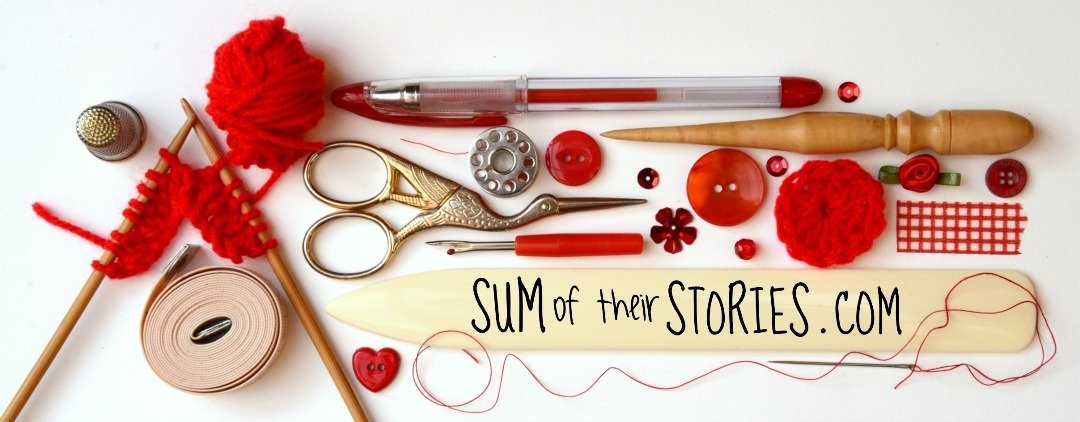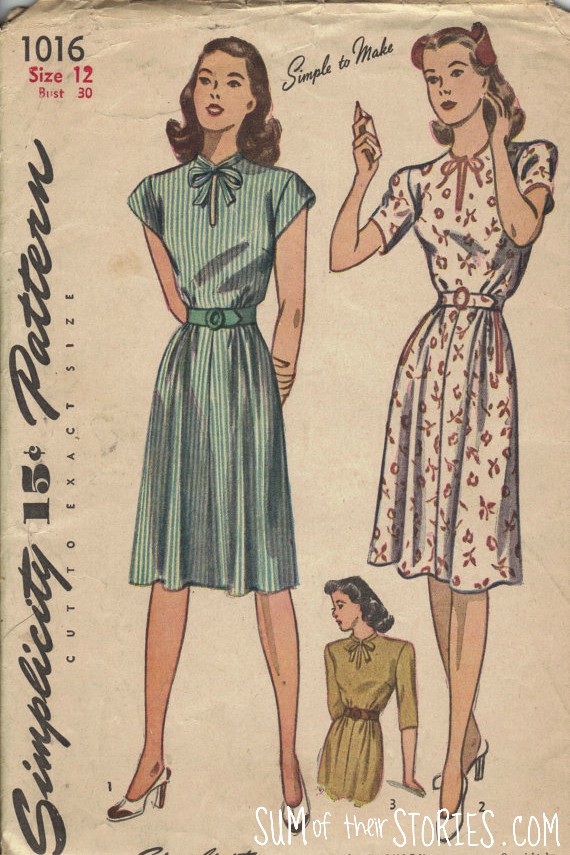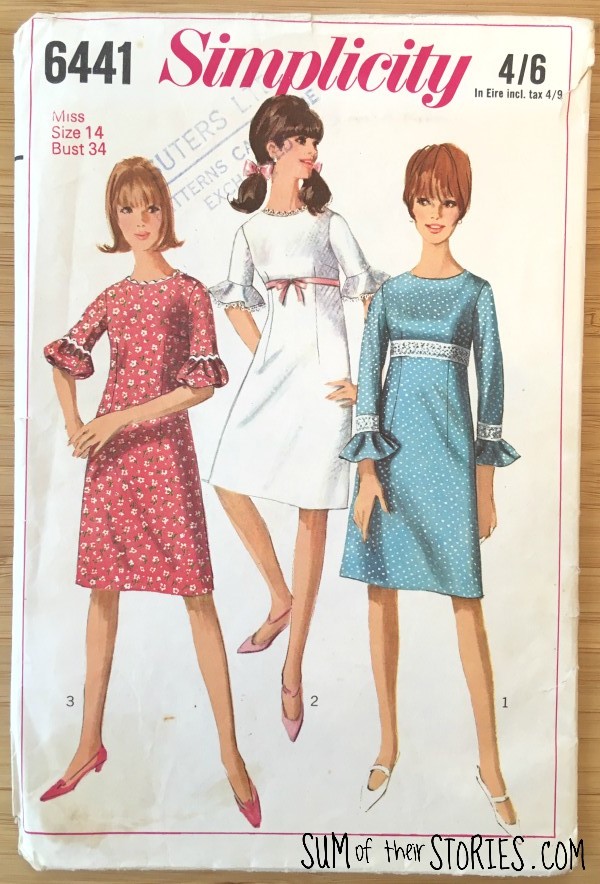Tips for Working with Vintage Patterns
/Today I'm welcoming a guest to Sum of their Stories. Annabelle from Wunderlabel is here to share some hints and tips for working with vintage dressmaking patterns - over to Annabelle:
Sewing is a pastime and job that has been around for centuries. While it’s fun to come up with new and innovative ideas, sometimes it’s just as fun to take a look back at what people were creating in the past.
However, sewing methods, techniques, and tools have changed quite a bit between now and the past. As such, there are some differences when you are looking at vintage pattern versus the modern ones you are probably used to working with. This doesn’t mean that they are unusable, though. With a couple tricks and tips, you can convert these vintage patterns into beautiful handmade pieces.
Technique
If you are used to sewing modern patterns, you are likely used to modern sewing techniques. However, vintage patterns are made using vintage techniques. Of course, you can implement modern techniques if you know how. If you are more of a purist in creating your vintage designs, though, you are going to want to brush up on the techniques used in the era of your pattern. Luckily, there are books and even resources online that can help you learn old techniques for your vintage sewing projects.
Start Simple
Even if you are experienced with modern patterns, you might find yourself more than a little frustrated if you jump right into expert vintage patterns. As we just noted, there are different techniques that you need to get the hang of, for one. In addition, there are other idiosyncrasies that you will have to get used to that we will look at momentarily.
So, don’t worry if you don’t get the hang of vintage patterns right away. With a little bit of practice, you will be able to churn out vintage designs just as easily as you do modern designs. In the meantime, though, even some of the simplest vintage designs will give you absolutely gorgeous results.
Sizing
One thing that is different between vintage and modern patterns is sizing. With vintage patterns, sizing usually runs a little small so you are going to want to make sure and be careful to ensure what you are making fits who you are making it for. Not only that, many patterns usually only feature one size which is difficult if you need a size that is unlisted in the pattern.
The best way to do this is to take the measurements of the wearer yourself rather than depending on the measurements provided in the pattern. Especially important are the measurements of the bust, waist, and hips.
Create a Muslin
To really ensure sizing, you might want to create your pattern with a muslin first to ensure that there are no issues with sizing before you waste your good fabric. For the most part, unsurprisingly, the fabric muslin is used for making a muslin. However, it can technically be made with any cheap fabric.
The point of this is to test the fit of the garment you are making. When you are making a vintage design and you are adjusting the pattern, there’s bound to be a little trial and error. However, with this method, you don’t have to risk using up your nice, expensive fabric that you want the end result of your project.
Seam Allowances
Today, seam allowances are more or less standard. In vintage patterns, though, the seam allowances were set by individual manufacturers. This means that you have to be especially careful of what the pattern says so that you get the fit that you want from the clothing. Seam allowance in vintage pattern usually ranged from ⅜” to ⅝”.
Trace Your Patterns
Unless you are working off a replicated pattern, your vintage patterns are probably a bit old and worn. As such, you are going to need to be careful if you want to keep your pattern to use again in the future - and why wouldn’t you? After all, you paid for the pattern!
One way to keep your patterns from getting damaged is to not pin them directly onto the cloth. This is a quick and easy way to get your patterns torn or damaged. Instead, take tracing paper and trace over the patterns. Then, pin these tracings to your cloth instead of using the original pattern itself.
Using an adjusted pattern like this also helps you to adjust sizing and create any alterations that you may need.
Keep an Eye Out for Sales and Deals
If you simply conduct an Internet search for vintage sewing patterns, you might be surprised at the price difference between modern and vintage patterns. However, you don’t have to simply accept these prices. Oftentimes, you can find deals or sales that will allow you to get these patterns for relatively cheap.
To do this online, many people utilize Google Alerts or turn to sites such as eBay. If you aren’t set on finding originals, though, many companies release reproductions for a discount.
A big thanks to Annabelle for such a lot of useful information. A couple of the patterns photographed are from my own stash of patterns. They were the bridesmaid dresses at my Mum and Dad's wedding. I'm feeling inspired to break out of my sewing comfort zone and try a vintage pattern.
I'll be sharing this at these link ups















